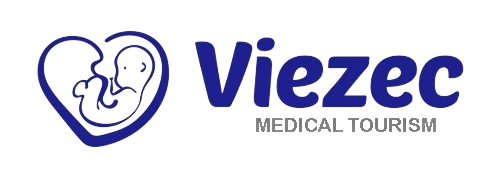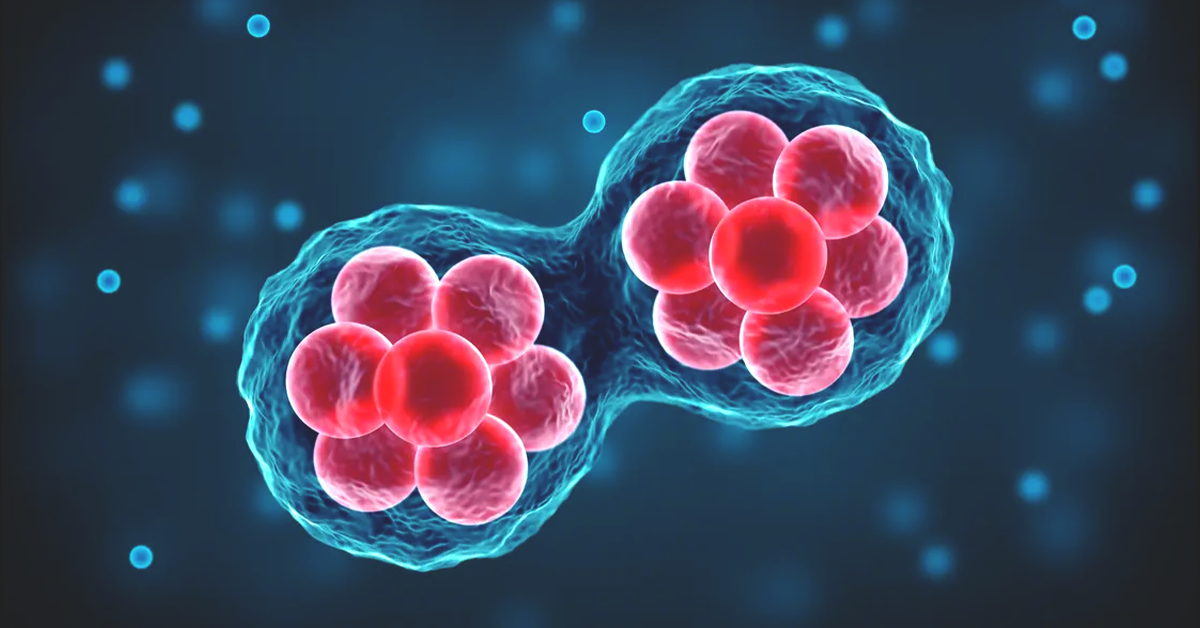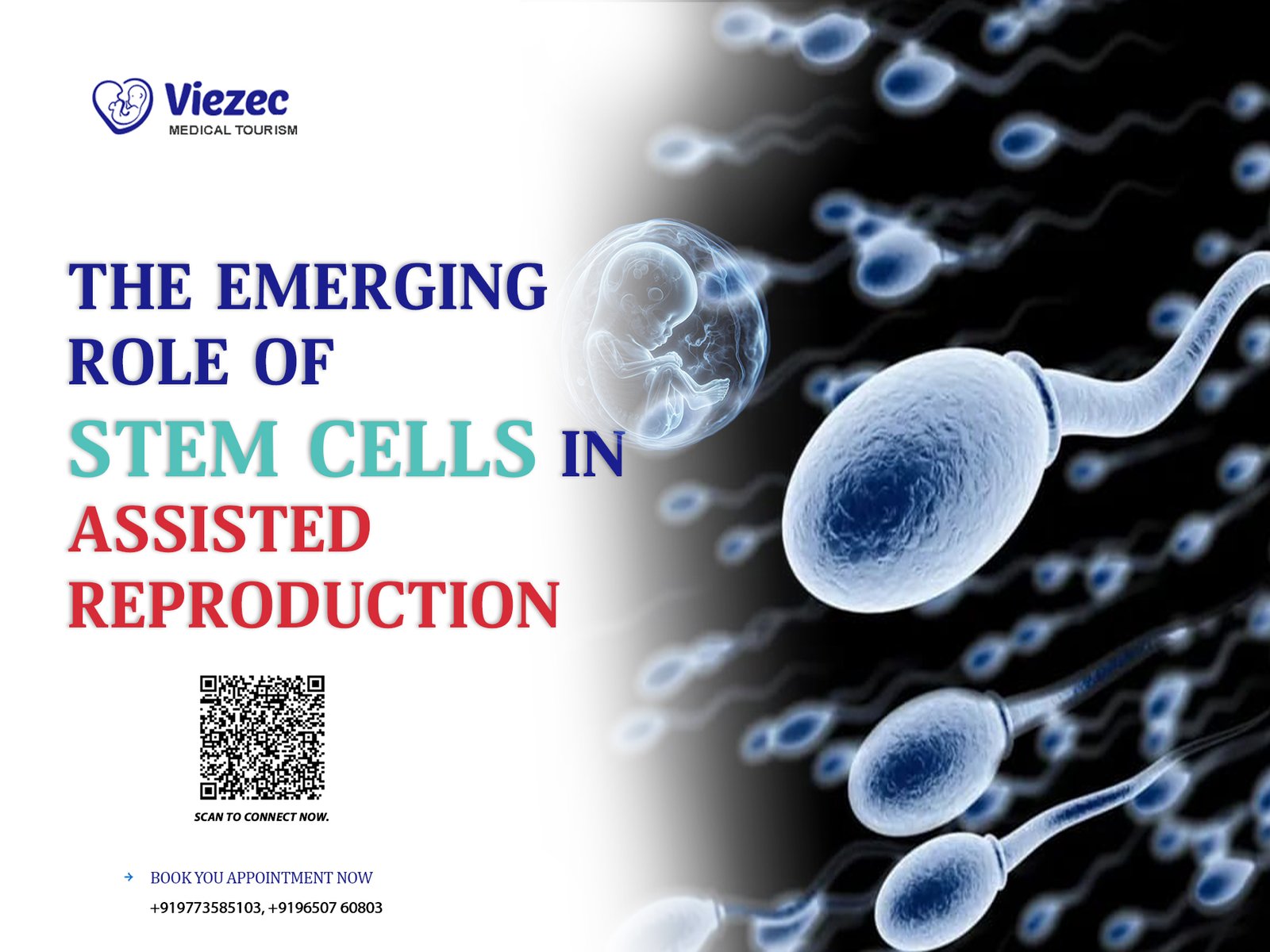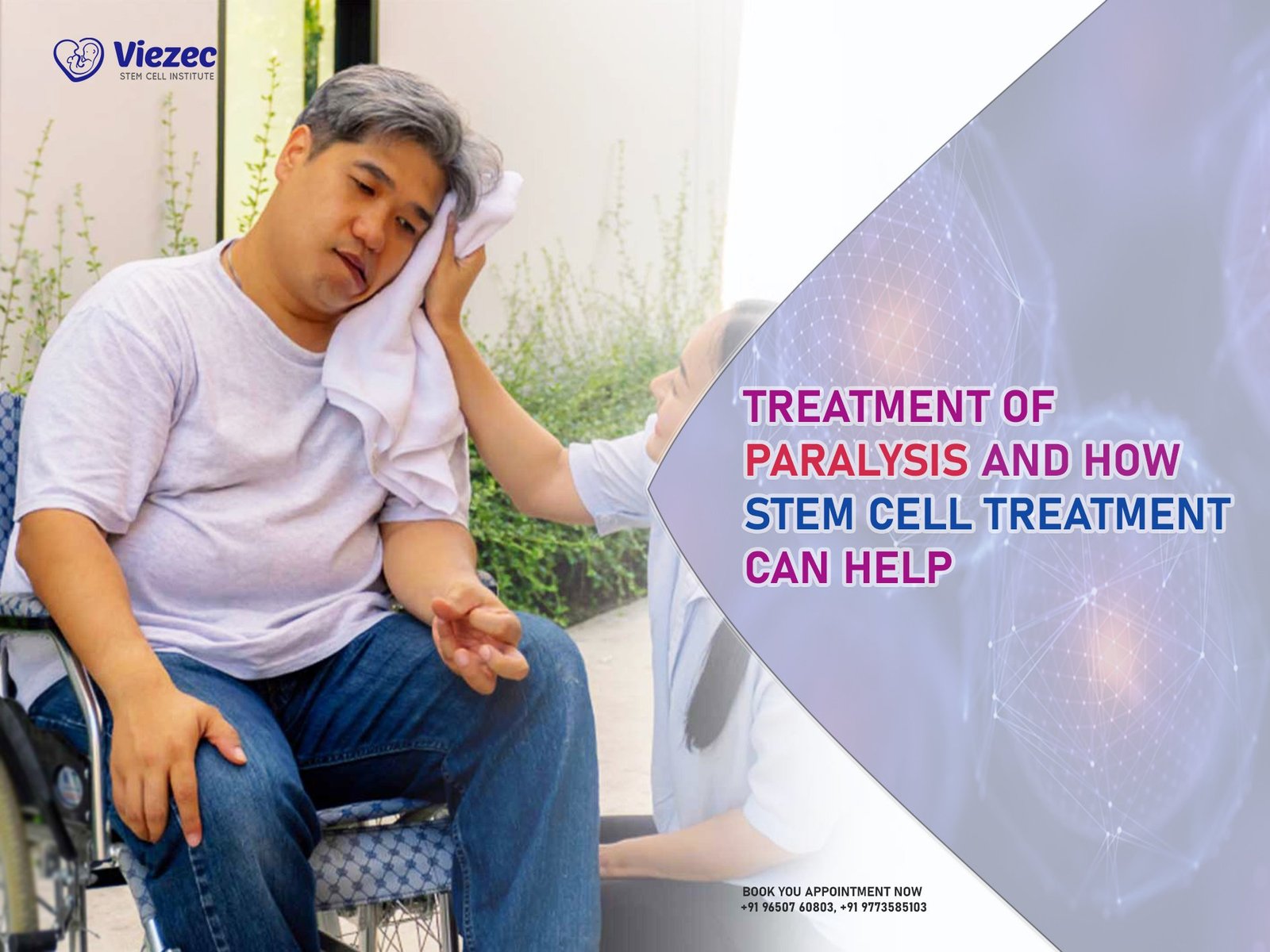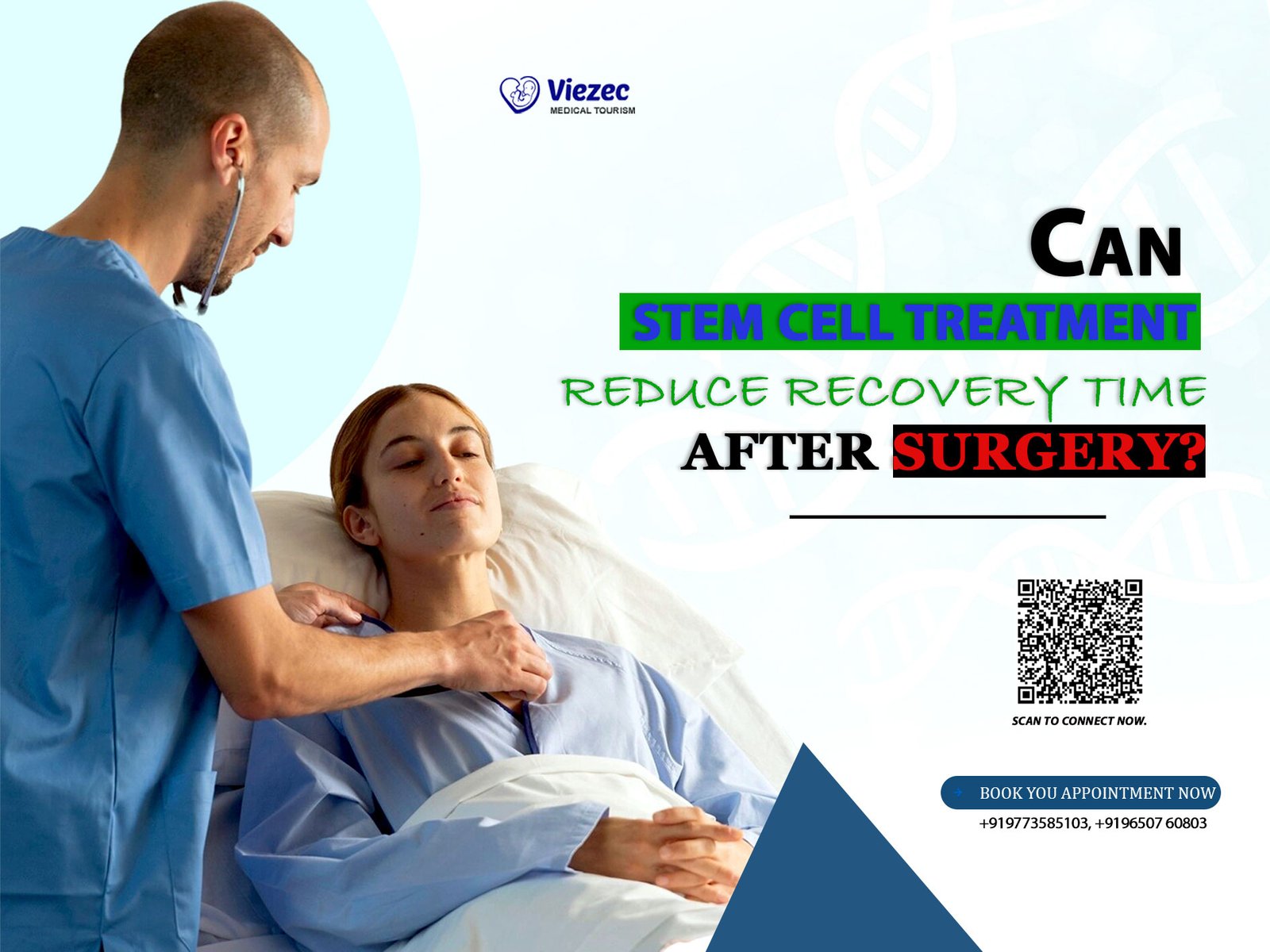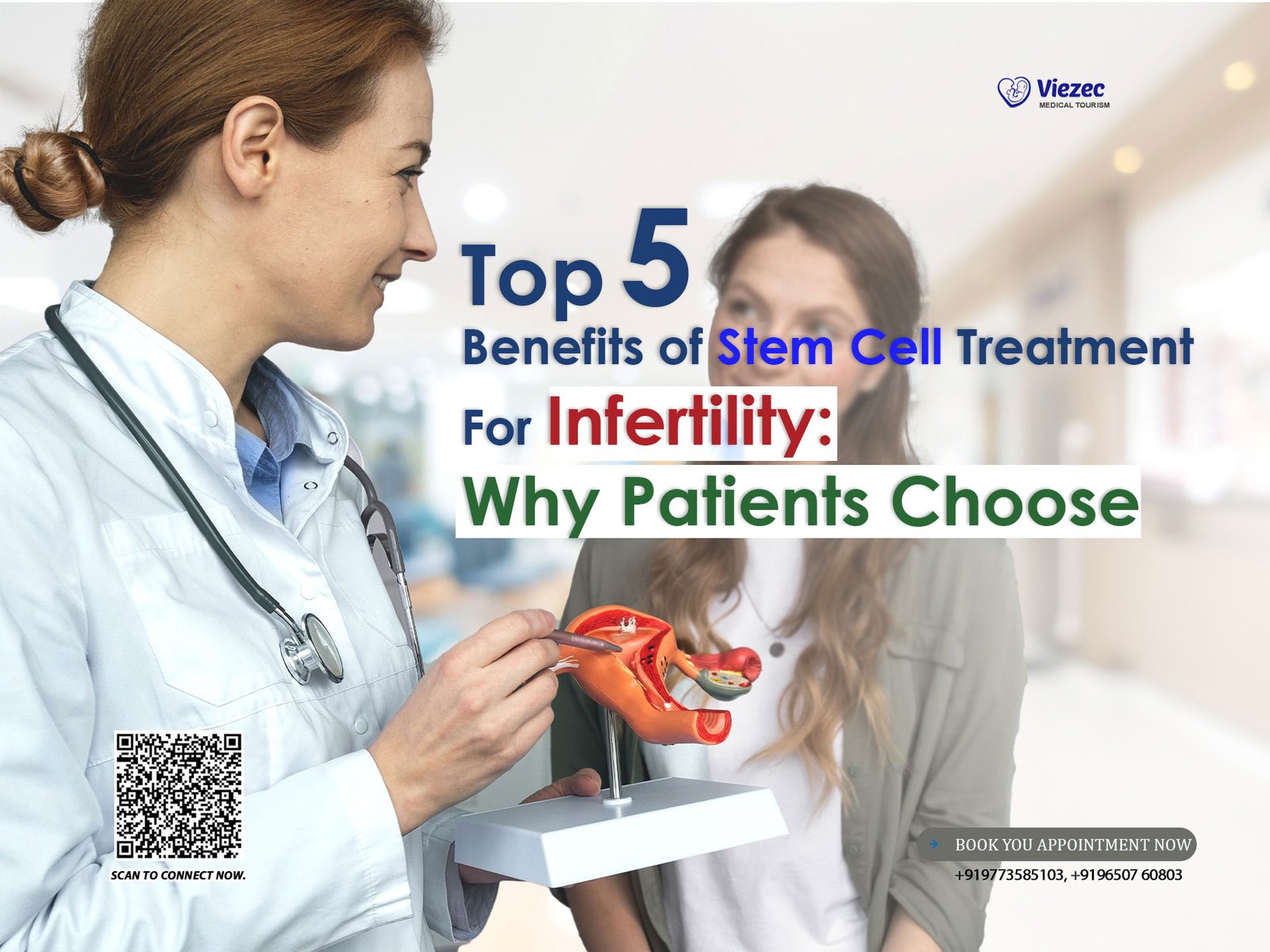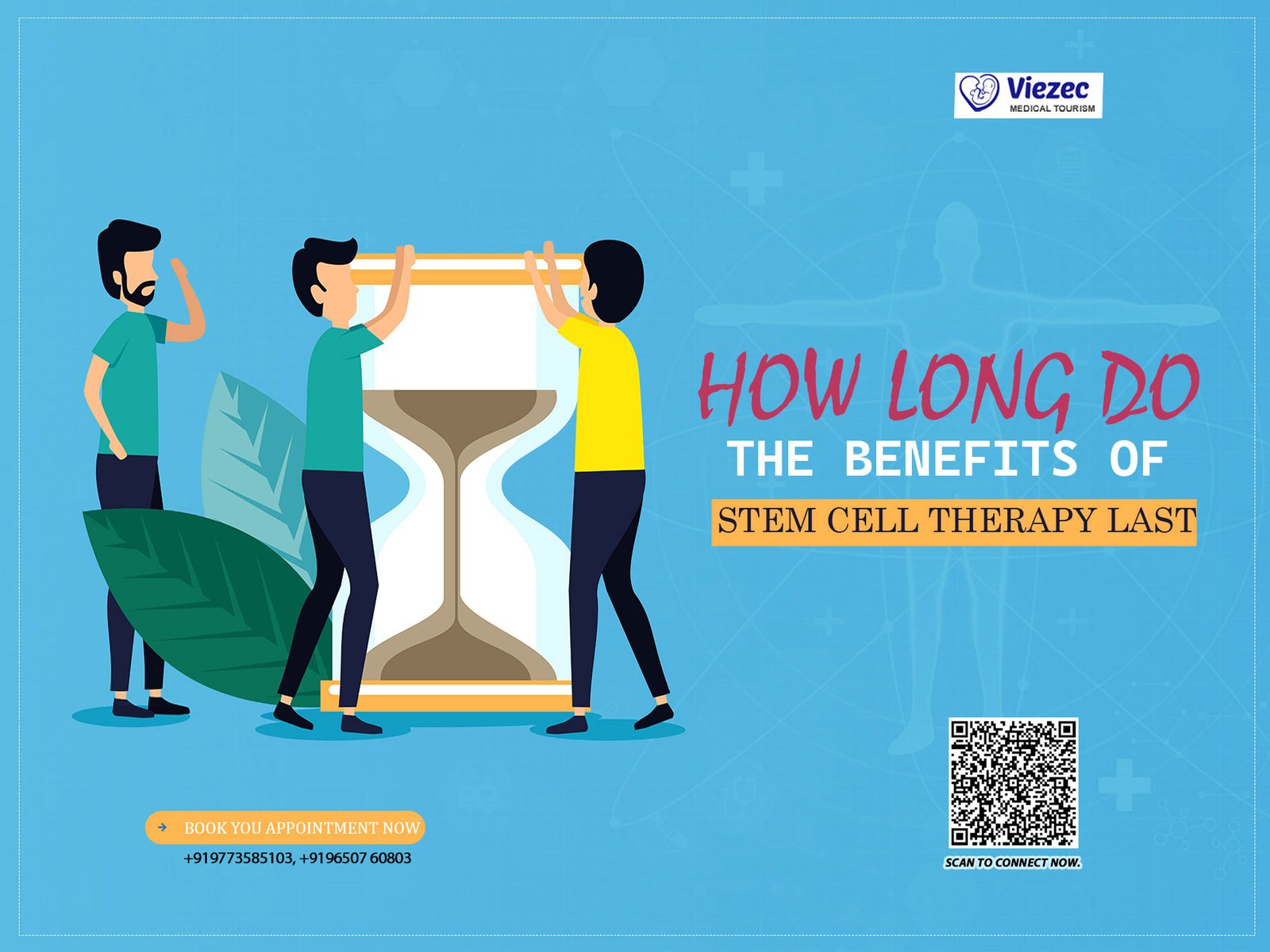Stem cells are the body’s raw materials — powerful, regenerative cells capable of transforming into a variety of specialized cell types. This article explores the fascinating world of stem cells, focusing on where they come from and how their origin impacts their potential. From embryonic and adult stem cells to perinatal and lab-generated iPSCs, each source offers unique medical advantages and ethical considerations. We also compare their strengths, explore global innovations, and examine the challenges of harvesting and using these cells safely and affordably. As science evolves, new sources like dental pulp and menstrual blood are shaping a visionary future for regenerative medicine.
Introduction to Stem Cells
What Are Stem Cells?
Stem cells are the body’s master cells — unique, undifferentiated cells that have the remarkable potential to develop into a wide range of specialized cell types. Think of them as the raw materials your body uses to grow, repair, and renew itself. Whether it’s regenerating muscle after injury or producing new blood cells, stem cells are at the heart of healing and development. Their two defining features? They can self-renew, meaning they can make copies of themselves, and they can differentiate, or become other types of cells — like neurons, blood cells, or skin cells.
Why Understanding Their Origin Matters
Not all stem cells are created equal. Where a stem cell comes from determines how powerful it is, what types of tissues it can turn into, and how it might be used in medicine. Some stem cells can become any cell type in the body — these are known as pluripotent stem cells. Others are more limited, able to turn into only a few types of related cells — these are multipotent. Understanding these differences is critical not only for developing therapies but also for navigating the ethical and scientific challenges associated with their use.
Major Sources of Stem Cells
Stem cells can be found in various parts of the body and at different stages of development — from the earliest embryos to adult tissues. Each source offers unique advantages and challenges in terms of medical use, extraction methods, and ethical considerations.
Embryonic Stem Cells
Derived from Blastocysts
Embryonic stem cells (ESCs) are harvested from early-stage embryos, typically around 3 to 5 days after fertilization. At this stage, the embryo is known as a blastocyst — a hollow ball of about 100 cells. ESCs are pluripotent, meaning they have the extraordinary ability to develop into nearly any cell type in the human body. This versatility makes them highly valuable for scientific research and regenerative medicine.
Potential and Controversy
Despite their promise, embryonic stem cells are among the most ethically debated. Since isolating ESCs typically involves destroying the embryo, it raises moral concerns for many. As a result, their use is tightly regulated in countries around the world. Some governments permit research under strict guidelines, while others restrict or ban it entirely. These ethical questions have also motivated researchers to pursue alternative stem cell sources, such as iPSCs.
Adult Stem Cells
Bone Marrow as a Key Source
One of the most established sources of adult stem cells is bone marrow. It contains hematopoietic stem cells (HSCs), which are responsible for producing blood cells. These cells have been used in bone marrow transplants for decades to treat cancers like leukemia and lymphoma. While highly effective, extracting these stem cells is invasive and typically requires general anesthesia.
Stem Cells from Adipose (Fat) Tissue
Fat tissue isn’t just about energy storage — it’s also rich in mesenchymal stem cells (MSCs). These adipose-derived stem cells (ADSCs) are easier and less painful to extract compared to bone marrow. They’ve gained popularity in cosmetic procedures, orthopedics, and even clinical trials exploring treatments for arthritis and tissue repair. Because collection is minimally invasive and doesn’t raise significant ethical concerns, ADSCs represent a more accessible option for regenerative applications.
Perinatal Stem Cells
Umbilical Cord Blood
The blood found in the umbilical cord after birth is a valuable, non-controversial source of hematopoietic stem cells. These cells can regenerate blood and immune systems and are already used to treat conditions like anemia and certain cancers. Collection is painless and poses no risk to the mother or newborn, making it an appealing option. Many families now choose to bank cord blood in public or private repositories for future use.
Amniotic Fluid and Placental Tissues
Both amniotic fluid and the placenta — typically discarded after birth — contain mesenchymal stem cells with high regenerative potential. These cells show promise for treating inflammatory conditions, wound healing, and tissue regeneration. Like cord blood, they can be collected safely and ethically, offering another powerful yet underutilized stem cell source.
Induced Pluripotent Stem Cells (iPSCs)
Lab-Generated Stem Cells
iPSCs are a revolutionary development in the world of stem cell science. Created in a lab from adult cells — often skin or blood cells — they’re reprogrammed to behave like embryonic stem cells. This process was first discovered in 2006 by Dr. Shinya Yamanaka, earning a Nobel Prize in 2012. iPSCs are pluripotent, just like ESCs, but without the ethical baggage.
Reprogramming Adult Cells
Reprogramming involves introducing specific genes (called transcription factors) into adult cells, effectively turning back their biological clock. These transformed cells gain the ability to develop into any cell type. iPSCs hold tremendous potential for personalized medicine, where treatments are tailored using a patient’s own cells — eliminating immune rejection risks and ethical concerns tied to embryo use.
Want to Learn More About Stem Cells?
Discover the potential of stem cell therapy and how it can benefit you. Schedule a consultation today!
Comparing Stem Cell Sources
Not all stem cells are created equal. The origin of a stem cell determines its strength, versatility, and how it can be used in therapy or research. Here’s how the different sources stack up against each other.
Pluripotency vs. Multipotency
One of the key differences among stem cell types lies in their differentiation potential:
Pluripotent stem cells, like embryonic stem cells and iPSCs, can transform into virtually any cell type in the body. This makes them incredibly versatile for treating a wide range of diseases, from neurodegenerative disorders to heart disease.
Multipotent stem cells, such as adult and perinatal stem cells, are more limited. They can become only specific types of cells related to their tissue of origin — for instance, blood-forming stem cells in bone marrow can’t regenerate nerve or liver tissue.
Understanding these capabilities helps scientists choose the most appropriate stem cell type for a particular treatment.
Availability and Ease of Extraction
Some stem cells are easier — and safer — to obtain than others:
Adipose-derived stem cells (ADSCs) and umbilical cord blood are the most accessible. They can be harvested with minimal discomfort and risk.
Bone marrow stem cells require invasive procedures, often under anesthesia, making the collection more challenging and less appealing for routine use.
Embryonic stem cells involve the destruction of an embryo, which brings technical and ethical challenges.
iPSCs, although ethically sound, require advanced lab infrastructure and can be time-intensive to produce.
The more accessible a source, the more practical it becomes for widespread therapeutic use.
Therapeutic Applications by Source
Each stem cell source has unique strengths suited to specific medical applications:
Embryonic stem cells (ESCs): Their pluripotency makes them ideal for broad regenerative goals, including organ regeneration and chronic disease research. However, use is restricted in many regions due to ethical concerns.
Adult stem cells: These are already widely used in medical treatments, particularly for blood cancers (via bone marrow transplants) and orthopedic conditions (using ADSCs).
iPSCs: Their ability to mimic ESCs makes them a promising option for drug testing, disease modeling, and eventually regenerative therapies — all tailored to the individual.
Perinatal stem cells: With their regenerative power and easy, ethical collection, these cells are being explored for a range of therapies, especially in pediatrics and autoimmune conditions.
Ethical and Legal Considerations
Stem cell research sits at the crossroads of innovation and ethics. While the potential for healing is vast, not all stem cell sources are viewed equally in the eyes of law, religion, and public opinion.
Embryonic Stem Cell Ethics
At the heart of the debate lies the use of embryonic stem cells (ESCs). Because ESCs are derived from human embryos, their collection often results in the embryo’s destruction. For many, this raises ethical questions about the beginning of human life and whether it’s morally acceptable to use embryos for scientific gain.
Some argue that the potential to save lives justifies the research. Others believe that using embryos — even ones donated from fertility clinics — is inherently wrong. This divide has led to intense ethical scrutiny and, in some countries, limited or banned use of ESCs in medical research altogether.
These ethical dilemmas have fueled the search for alternatives, such as iPSCs, which offer similar biological potential without involving embryos.
Regulations Around Stem Cell Research
Globally, stem cell research is governed by a patchwork of regulatory frameworks:
In the United States, federal funds cannot be used for research that involves the destruction of human embryos, but private funding is allowed under guidelines set by the National Institutes of Health (NIH).
In the United Kingdom, the Human Fertilisation and Embryology Authority (HFEA) regulates embryonic research under strict licensing.
Countries like Japan and South Korea actively support regenerative medicine, including the development of iPSC-based therapies, under well-defined laws to ensure safety and transparency.
Despite differing views, most nations agree on core principles: stem cell research must be safe, ethical, and transparent, especially as more treatments move from the lab to the clinic.
Have Questions About Stem Cells?
Contact us today and get all the answers you need about stem cell therapy and treatments.
Collection and Harvesting Techniques
Before stem cells can transform lives, they must first be collected — a process that varies significantly depending on the source. Whether drawn from a newborn’s umbilical cord or reprogrammed in a lab, each method comes with unique considerations for safety, accessibility, and viability.
Invasive vs. Non-Invasive Methods
Stem cell harvesting methods can be broadly categorized as invasive or non-invasive, each with its pros and cons.
-
Invasive methods include bone marrow aspiration, which involves inserting a needle into the pelvic bone under anesthesia. While effective for obtaining hematopoietic stem cells, it’s often painful and comes with recovery time.
-
Non-invasive methods are far more patient-friendly. For instance:
-
Cord blood collection happens immediately after birth, posing no risk to the baby or mother.
-
Adipose tissue extraction, typically done via liposuction, is minimally invasive and performed under local anesthesia.
-
Blood draws used in iPSC generation require only a small blood sample to reprogram into pluripotent stem cells in a lab setting.
-
The choice of method often depends on therapeutic goals, urgency, and ethical preferences.
Quality Control and Storage
Once harvested, stem cells must be processed and preserved with great care to ensure they remain viable for future use. This involves:
Cryopreservation: Stem cells are frozen at ultra-low temperatures (typically -196°C in liquid nitrogen) to maintain their function over time.
Sterility and labeling: All samples must be free of contamination and properly identified to ensure accurate use.
Regulatory compliance: Biobanks and labs must follow stringent Good Manufacturing Practices (GMP) and local health regulations.
Today, stem cell banking — especially for cord blood — is growing rapidly, with many families choosing to store stem cells as a form of biological insurance for future therapies.
Global Advances in Stem Cell Research
Stem cell science has moved from experimental labs to clinical breakthroughs across the globe. While the fundamental biology of stem cells is universal, how nations invest in, regulate, and apply this technology varies — creating a global ecosystem of innovation.
Leading Countries and Institutions
Some countries are recognized as global leaders in stem cell research due to their robust funding, regulatory clarity, and cutting-edge infrastructure:
United States: Home to institutions like Harvard Stem Cell Institute, Stanford University, and Mayo Clinic, the U.S. has driven major advances in iPSCs, gene editing, and clinical trials for regenerative therapies.
Japan: A pioneer in induced pluripotent stem cells, thanks to Nobel laureate Dr. Shinya Yamanaka, Japan supports fast-track approval of regenerative treatments through initiatives like the Act on the Safety of Regenerative Medicine.
South Korea and China: These nations have rapidly scaled stem cell R&D, with government-backed biotech hubs and increasing clinical trials in fields like spinal cord repair and anti-aging medicine.
Germany and the U.K.: Strong in both research and regulation, these countries host respected institutions like the Max Planck Institute and the Francis Crick Institute, contributing to stem cell applications in neurology and oncology.
This global collaboration is critical, especially as treatments become more personalized and complex.
Biobanks and Stem Cell Registries
To support clinical use, countries have invested in biobanks — specialized facilities that collect, process, and store stem cells for therapeutic or research use. There are two main types:
Public biobanks: These store donated stem cells for communal use. They’re vital for transplant matching and often used in research.
Private biobanks: These allow individuals or families to store stem cells — especially umbilical cord blood — for future personal medical use.
Additionally, stem cell registries help match donors and recipients for transplants, particularly for conditions like leukemia. These registries increase access to life-saving therapies by connecting patients to compatible cell donors across borders.
Ready to Take the Next Step?
Get started with stem cell therapy by booking an appointment with our specialists.
Challenges in Sourcing Stem Cells
While stem cells hold incredible promise, their collection, storage, and clinical use come with a range of scientific, logistical, and financial hurdles. Understanding these challenges is essential to advancing safe and equitable stem cell therapies.
Medical Risks
Although stem cell treatments are generally safe when performed by professionals, there are potential complications:
-
Immune rejection: If the stem cells come from a donor, the recipient’s immune system may recognize them as foreign and attack them — a response known as graft-versus-host disease (GVHD).
-
Infection: Poor handling or contamination during collection or transplantation can introduce infection.
-
Unintended growth: In rare cases, especially with poorly regulated stem cell clinics, there’s a risk that injected cells could form unwanted tissues or tumors.
This is why treatments must adhere to rigorous clinical trial protocols and safety standards, especially for newer applications.
Immune Rejection Issues
One of the biggest barriers in donor-based stem cell therapy is the immune system. Even with matching tissue types, immune rejection can still occur. To overcome this:
Patients may require immunosuppressive drugs, which carry their own risks.
Autologous stem cells — derived from the patient’s own body — are ideal because they eliminate this risk. This is where iPSCs shine, offering a personalized therapy approach without immune complications.
Researchers are also exploring universal donor cells through gene editing to make stem cells less likely to trigger immune responses across different patients.
High Cost and Accessibility
Stem cell procedures are not cheap. From lab processing and quality control to clinical trials and specialist fees, costs can easily climb into tens of thousands of dollars per treatment. Barriers include:
-
Lack of insurance coverage for most experimental or non-standard therapies.
-
Limited access in low-income or rural areas where advanced medical infrastructure is unavailable.
-
High storage fees for private stem cell banking, especially for long-term use.
Bridging this gap will require investment, policy changes, and innovations that bring down production and delivery costs — making regenerative medicine accessible to more people.
The Future of Stem Cell Sourcing
As stem cell science continues to evolve, so does our ability to find new, ethical, and more efficient sources. The future is not just about harvesting more cells — it’s about engineering better ones, expanding access, and unlocking the full potential of regenerative medicine.
Synthetic and Engineered Stem Cells
Imagine creating stem cells without relying on embryos or even donors. That’s the vision behind synthetic and engineered stem cells — lab-made cells designed to mimic the behavior of natural ones.
-
Researchers are exploring bioengineered stem cells using 3D printing, gene editing (like CRISPR), and nanotechnology to enhance safety, control, and therapeutic precision.
-
These cells can be designed to avoid immune rejection, target specific tissues, or even deliver drugs directly to damaged areas.
Such innovations could reduce reliance on controversial sources and open up new frontiers in customized therapies.
Emerging Sources Under Study
Beyond traditional sources, scientists are uncovering novel reservoirs of stem cells in places once considered medical waste:
Dental pulp stem cells: Found in baby teeth and wisdom teeth, these cells show promise for treating nerve and dental tissue damage.
Menstrual blood-derived stem cells: Easily collected and ethically non-contentious, they’re being investigated for their regenerative and anti-inflammatory properties.
Urine-derived stem cells: A non-invasive, inexpensive source that could be used for kidney and bladder repair.
Each new discovery brings us closer to a future where stem cell therapy is not only effective and safe but also abundant and universally available.
